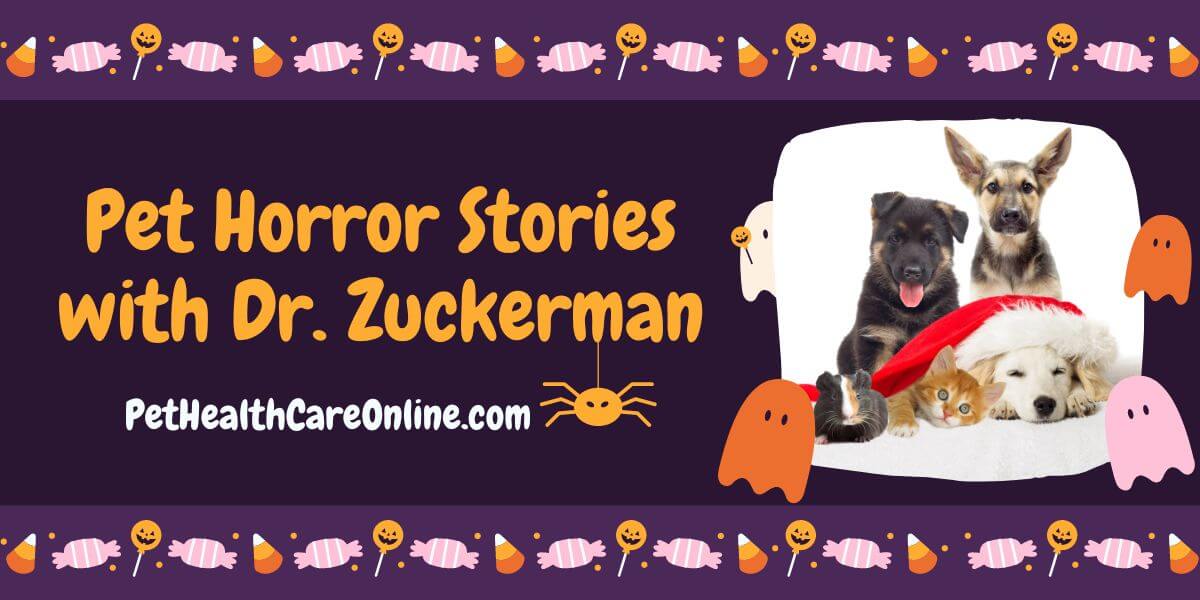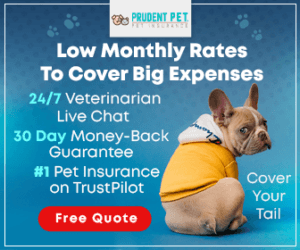Veterinarians have the most fun and rewarding job on earth sometimes, and other times their work seems exhausting, stressful, and overly responsible. But vets are prepared to have it both ways, the good and the bad.
Here we talk about vet office stories that have gone bad. We hope to help people and other practitioners learn from them, so they wouldn’t have to repeat the same mistakes.
That’s why we have Dr. Zuckerman with us to share his most memorable vet horror story. He is a General Veterinary Practitioner with decades of experience working with pets and animals.
He has dedicated his life to his practice, and while he enjoys what he’s doing, he wouldn’t mind changing a few things about his job, such as situations like the one he describes below.
Keep reading to find out what it is.
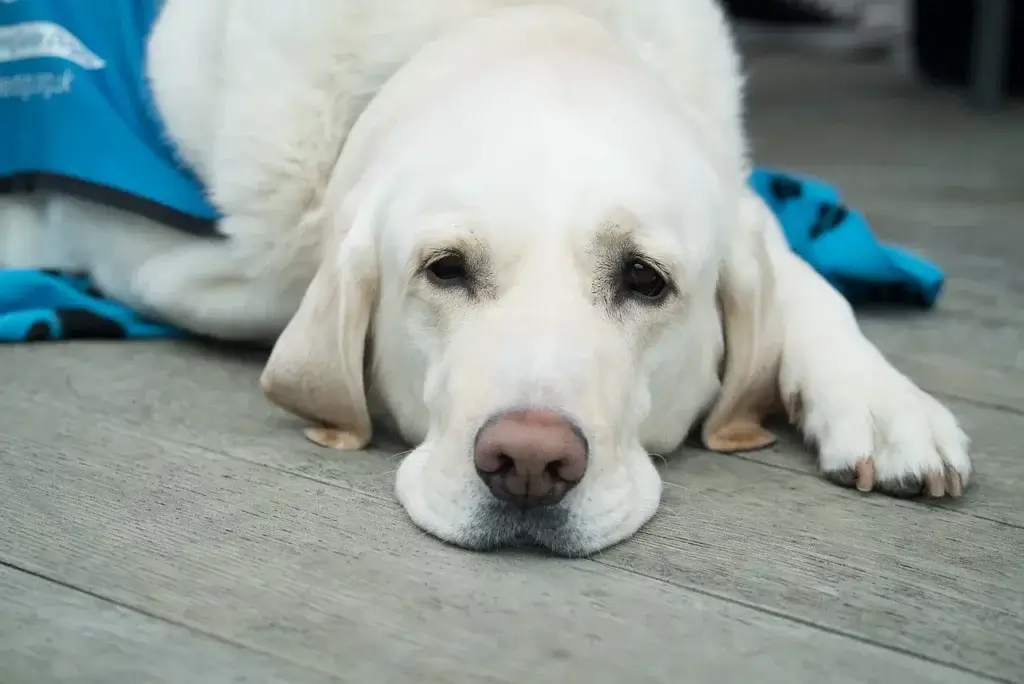
Q: Can you please tell us a bit about yourself and your experience?
I am a New York, General Practitioner and Advisor to Vetted Pet Health. I have been practicing for almost 25 years now and have been in Veterinary care in some way or form for all of my life.
I received my Bachelor’s degree in Science in Marine Biology from Farleigh Dickenson University in Teaneck N.J. I received my Doctorate in Veterinary Medicine from Ross University School of Veterinary Medicine in Basseterre, Saint Christopher.
My special interests are Dentistry, Internal and Regenerative Medicine, and soft tissue surgery. I live in Westchester County N.Y with my wife, 2 daughters, and my Malti-Poo “Charlie”. When I am not taking care of our pets, I enjoy fishing and spending time with family and friends.
Q: What was your most remembered story or horror story from your experience as a vet?
I have seen many horror stories, but the ones that always bothered me most were the ones that could have been prevented with proper education and preventative care provided routinely by both the pet parent as well as the veterinary professional team when allowed.
The story that comes to mind was particularly disheartening. 17 years old 4- and 1/2-pound Chihuahua named Dorito. Dorito came to see me one day as an emergency.
Dorito’s owner had called and said that he was lethargic, not eating or drinking for several days, and was just staring into the distance. We had Dorito come right down to be seen and he looked very sick.
On a physical exam, he had discharge from his mouth that was consistent with several abscessed teeth and looked very sick. Bloodwork was done and revealed that the infection was all throughout his body and that multiple organs were affected.
Dorito was hospitalized and put on IV fluids and broad-spectrum IV antibiotics, but unfortunately became sicker over the next 24 hours and passed away from sepsis.
We had been seeing Dorito as a patient for over 10 years regularly, the owner was always good with annual exams and regular lab testing as recommended by me and the other veterinarians that she saw over many years at our practice.
Dorito had normal lab work 4 months prior. How could we lose Dorito to something like dental disease, something that’s preventable?
Looking back into Dorito’s chart, the one thing that was repeatedly recommended at almost every visit but never pursued by Dorito’s owner was dental care. Both at-home care and a formal dental assessment and treatment planning were offered at multiple visits and were strongly encouraged over the past few years.
Formal dental assessment and treatment planning is called a Dental ATP in our office but goes by many similar names. A Dental ATP requires that the pet goes under anesthesia, and while under it consists of a full mouth cleaning above and below the gum line, full mouth dental radiographs, and any treatment that may need to be completed to address the findings.
In Dorito’s case, there is no doubt that pursuing proper dental at home and through Veterinary care over the years, would have prevented this outcome.
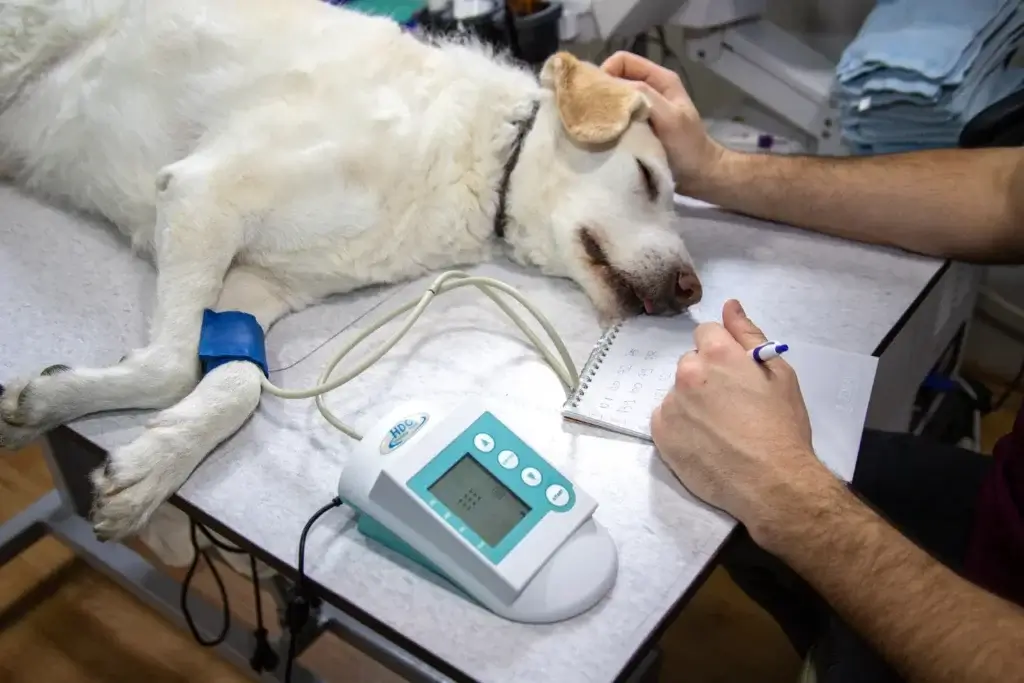
Q: What can we learn from this vet horror story?
What we can learn from this event is that preventative care is integral in preventing chronic diseases that can shorten the life of both humans as well as our beloved pets.
Q: How can we teach pet parents to avoid this in the future?
We can teach pet parents to avoid this through education. As a Veterinarian, I encourage pet parents to provide preventative care at home and to follow my professional recommendations for Dental ATP’s.
There is so much we can do from our homes. As a community, we can promote education through partnerships with companies like Vetted Pet Health, a preventative health membership for pet parents.
Vetted is a membership that gives you 24/7 access to veterinary professionals, education, and even reimbursements at your local vet’s office for all things preventative.
This platform is designed to promote the best preventative care recommendations for not only dental care, but for other areas of preventative care like skin & grooming, digestive health, mental health, and hip & joint care.
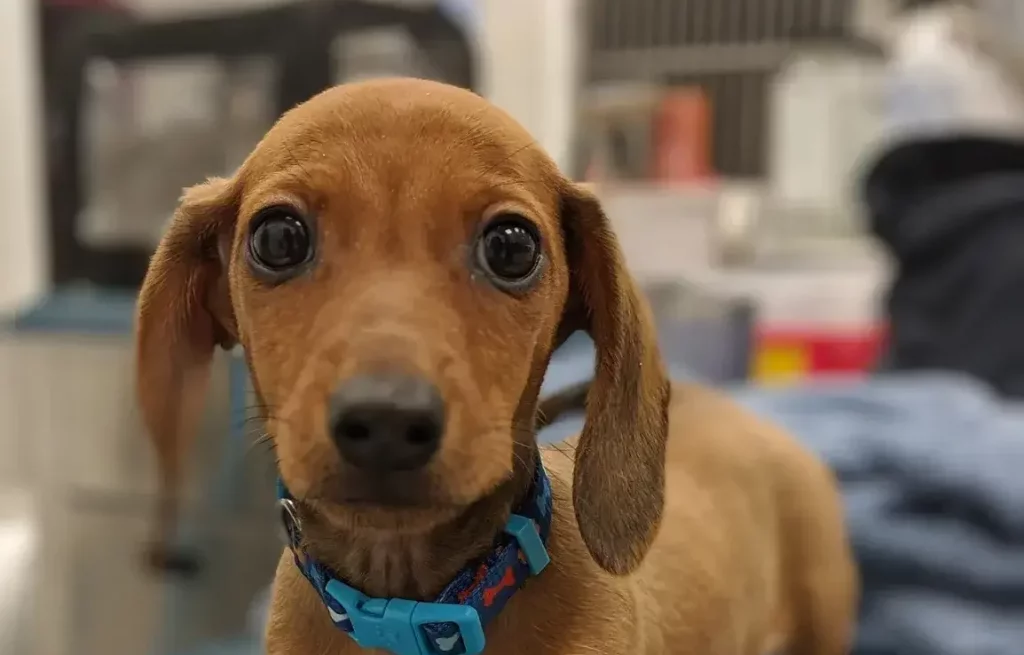
Dr. Zuckerman is a great advocate for promoting good oral hygiene habits among owners and their pets, and rightfully so. Poor dental hygiene can cause many dental problems in your pet’s mouth and eventually even affects its overall health, as in the case that Dr. Zuckerman describes.
Most cats and dogs start experiencing dental issues around the age of three. These issues are similar to human dental problems, such as broken teeth, periodontal diseases, jaw defects, abscesses, infections, cysts, and more.
Many people believe that pets don’t need special oral health care because they are animals, and the animals in the wild don’t receive any dental treatments. But, they often forget that their pets are domesticated animals who are not designed to live the lifestyles that we choose for them.
The diets that we impose on them are usually not the ideal choice of food, which causes more dental problems to occur among domesticated animals than wild ones.
To keep your furry friend happy and healthy, clean their teeth at least several times a week, if not every day. There are special toothbrushes and toothpaste available at pet shops and veterinary offices.
Some of them are even specially flavored to taste like beef, chicken, fish, or peanut butter, so your dog or cat doesn’t protest as much while you’re brushing their teeth. Whatever you do, make sure not to use human toothpaste because it might contain harmful chemicals for your pet.
You should maintain annual dental checkups at your vet’s office. But, If you notice a bad breath smell, broken or loose teeth, or any abnormalities in your pet’s mouth and jaw, perhaps it’s best to schedule your visit sooner.
Pet dental work or x-rays require your dog or cat to be sedated under an anesthetic to keep the pet from moving or even biting during the treatment. Although anesthetics carry a certain degree of risk, they are quite safe nowadays and will pay off in the long run.
If you’re a pet owner or a professional, heed Dr.Zuckerman’s words and make sure to provide your pet with at-home as well as professional oral health care.

